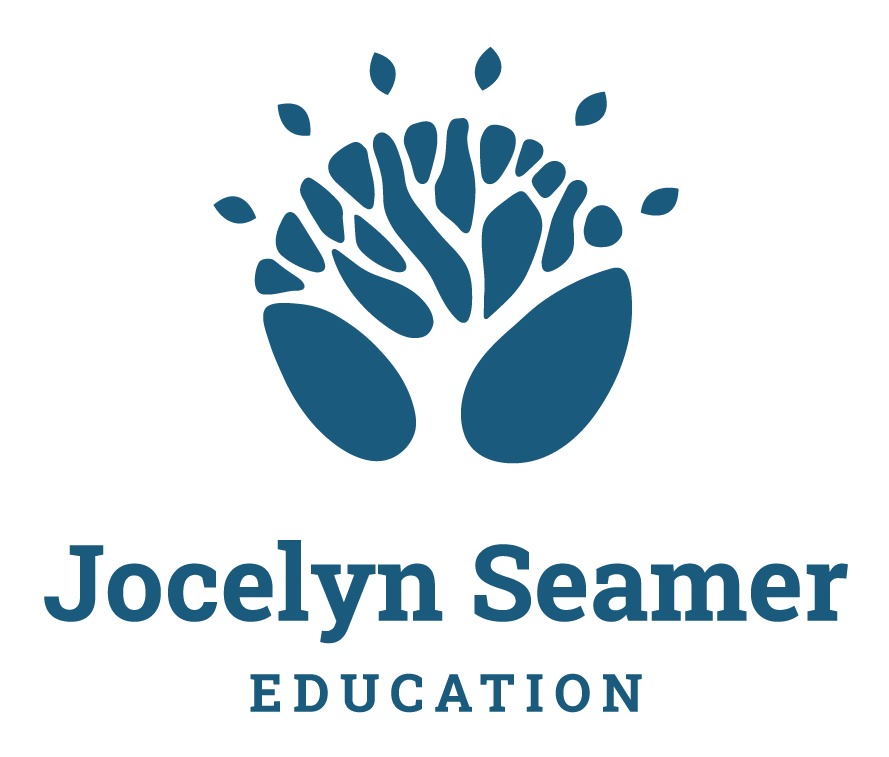I’m Jocelyn Seamer, and my team is here to help you move the needle on student outcomes.
At Jocelyn Seamer Education, our mission is to make teaching structured literacy simple, efficient, and successful across the primary school. We provide teaching resources and professional learning so that every student can learn to read and write with evidence-informed instruction and every teacher can be supported to make that happen.
Looking for professional learning and team development for 2025? Click here to register your interest.
How We Help You Move the Needle
Research is at the Heart of All We Do
We believe that all children have the right to learn to read and write with evidence-informed instruction and every teacher has the right to be supported to make that happen. To make this a reality, we ground every resource, program and professional learning session in research evidence wherever possible. In developing our professional learning programs and teaching resources, we apply the findings of robust research so that you can:
Teach explicitly and bring every child along for the learning journey: The explicit teaching model is an evidence-based framework for instruction that has been shown to enhance outcomes for a wide variety of students. All elements of the Resource Room and our programs support you to create a learning environment of full participation and engagement for all students.

Support cognitive load: Cognitive load theory provides us with a framework to understand how memory works and our role in supporting student learning. This important theory, developed by educational psychologists John Sweller and others, outlines key factors for teachers to consider when teaching students to read and write. All of our resources and teaching programs support student cognitive load by breaking learning down into small parts and ensuring that students are fluent before bringing them together to apply to reading and writing.
Teach children to read and spell words automatically: Linnea Ehri states that the ability to decode new words is necessary to move to automatic reading and spelling. Further, the key to this development is knowledge of phoneme/grapheme correspondences and the ability to blend and segment phonemes to decode and spell unfamiliar words. Children must learn to work with the whole alphabetic code in order for strong reading writing to develop.
Have confidence teaching all of the components of reading and writing: Both reading and writing develop from the building of skill and knowledge in a range of areas, including phonics and decoding, morphology, vocabulary, background knowledge, syntax, parts of speech, text structures, and orthographic conventions. Our work helps you explicitly build student knowledge and skill in these areas to enable children to engage with rich text both for reading and writing.
Build student knowledge: Students who have strong knowledge of the world around them and how our language works are well-equipped to build strong skills in both reading and writing. Our lessons and units of work provide teachers with all they need to build both knowledge and skill across all areas of literacy.
Reading Success in the Early Primary Years Book
Reading Success in the Early Primary Years is a step-by-step guide to structured literacy instruction for teachers working in the early years of primary school. Written by a teacher, for teachers, this book supports teachers to understand the evidence base of reading instruction and how to successfully implement it.
You can further explore the research foundations of reading instruction and learn more about its practical application in my 2021 book, Reading Success in the Early Primary Years. Click here to order your signed copy.

 Jocelyn Seamer Education
Jocelyn Seamer Education



